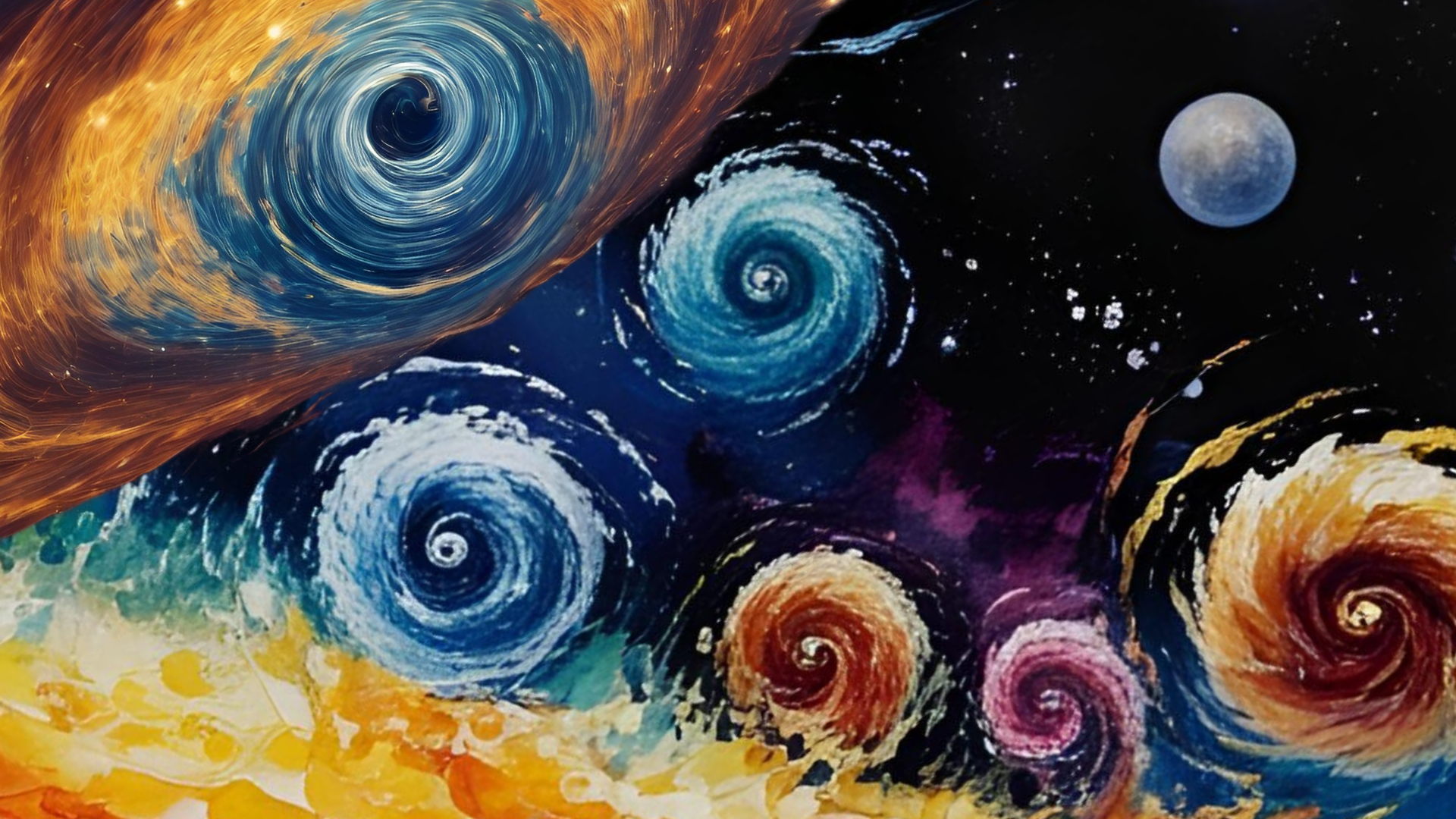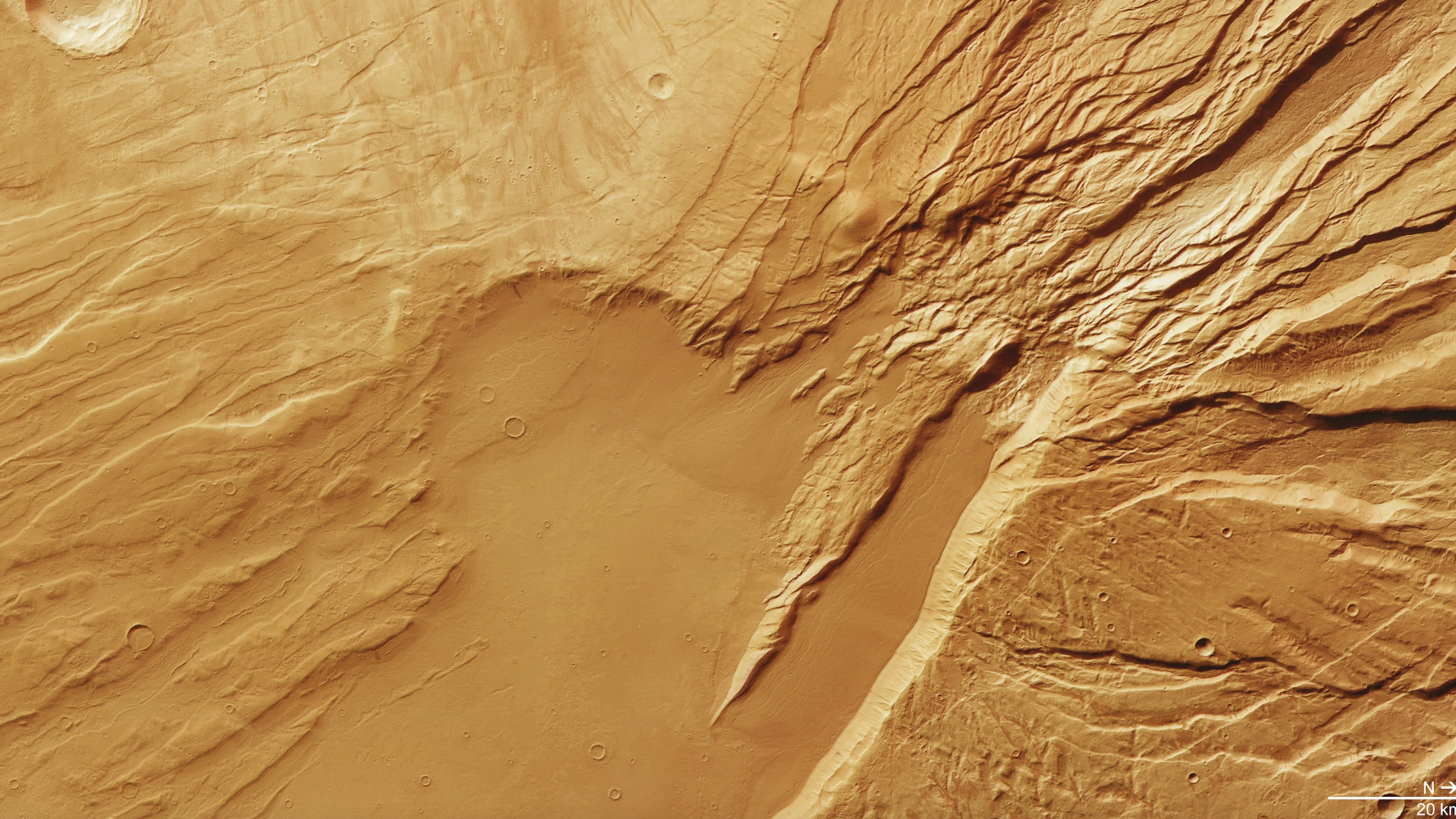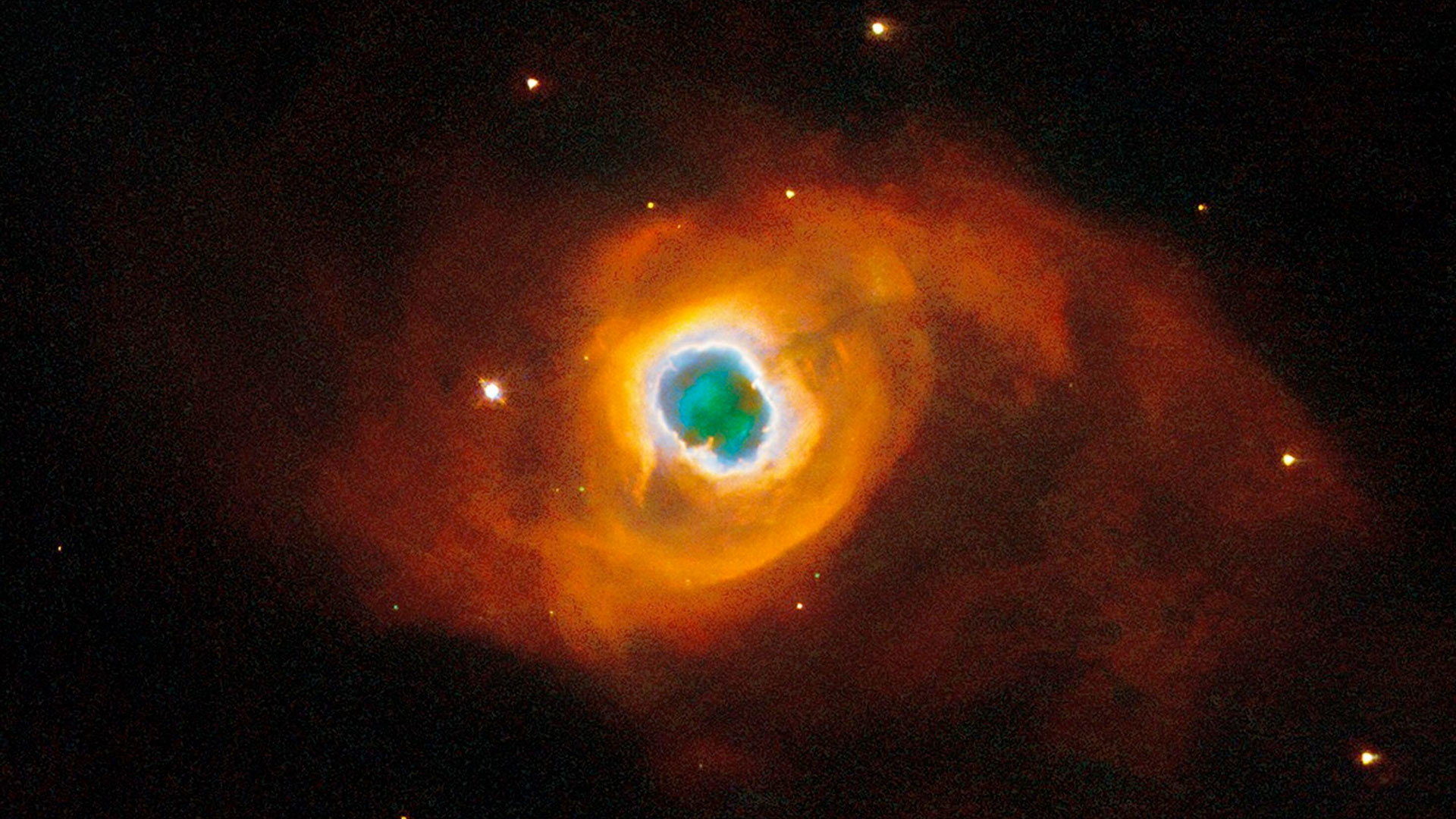How Fit Will Astronauts Be After Years in Space?
After spending months or years in space during future long-term missions, returning to Earth can be challenging for astronauts — and one set of researchers is finding out just how challenging using a life-size spacecraft model.
Using a mock-up of NASA's Orion spacecraft, scientists monitored the health and fitness levels of "astronauts" as they performed emergency escape maneuvers, simulating what crews undergo during their return to Earth.
"Maintaining astronaut health is critical to NASA missions, and we need to be able to keep astronauts safe in flight and during landing," Carl Ade, assistant professor of exercise physiology at Kansas State University, said in a statement. "By knowing fitness and health standards, we can determine types of in-f[l]ight interventions to keep astronauts healthy on long-duration missions that can last several years." [The Orion Space Capsule: NASA's Next Spaceship (Photos)]

NASA’s Orion spacecraft is designed to take astronauts to asteroids, Mars and other faraway space destinations. However, living in the microgravity environment of space can cause muscle loss and dramatically decrease an astronaut's overall fitness. And when crews return to Earth, they need to be able to climb out of the space capsule that has landed in the ocean and is being tossed around by waves.
"Our goal is to provide information on how fit an astronaut needs to be when they leave so that when they get to the destination or when they return to earth, they will be strong enough to perform mission tasks, even after several months in a zero-gravity environment," Thomas Barstow, professor of exercise physiology at Kansas State, said in the statement.
For the study, research participants — the mock astronauts — wore special equipment that recorded physiological measurements such as muscle activity, oxygen uptake, heart rate and blood pressure, revealing what kinds of stress the body experiences during an emergency escape or end-of-mission landing.

"We want to determine if astronauts need to reserve a certain level of strength or cardiovascular capacity during flight so that they can land safely after a one- or two-year mission," Ade said in the statement. "The model capsule lets us test that in a way that is translatable and allows NASA to apply it directly to future missions."
Get the Space.com Newsletter
Breaking space news, the latest updates on rocket launches, skywatching events and more!
The mock-up Orion capsule is a joint collaboration between Kansas State University and NASA's Johnson Space Center in Houston. Local manufacturing companies helped with the design and frame, but the research team — including graduate and undergraduate students — finished the construction of the life-size replica on campus.
In addition to supporting NASA's goal to further human exploration of the solar system, studying astronaut health and the impacts of living in a confined space with few medical resources can also benefit clinical patients and possibly geographic areas where people have no access to medical facilities and resources, the researchers said.
"If we can figure out how to keep an astronaut healthy in this extreme environment, we can translate that to life on earth," Ade said in the statement. "This research is really helping both individuals: the astronaut and those here on Earth."
Follow Samantha Mathewson @Sam_Ashley13. Follow us @Spacedotcom, Facebook and Google+. Original article on Space.com.
Join our Space Forums to keep talking space on the latest missions, night sky and more! And if you have a news tip, correction or comment, let us know at: community@space.com.

Samantha Mathewson joined Space.com as an intern in the summer of 2016. She received a B.A. in Journalism and Environmental Science at the University of New Haven, in Connecticut. Previously, her work has been published in Nature World News. When not writing or reading about science, Samantha enjoys traveling to new places and taking photos! You can follow her on Twitter @Sam_Ashley13.









